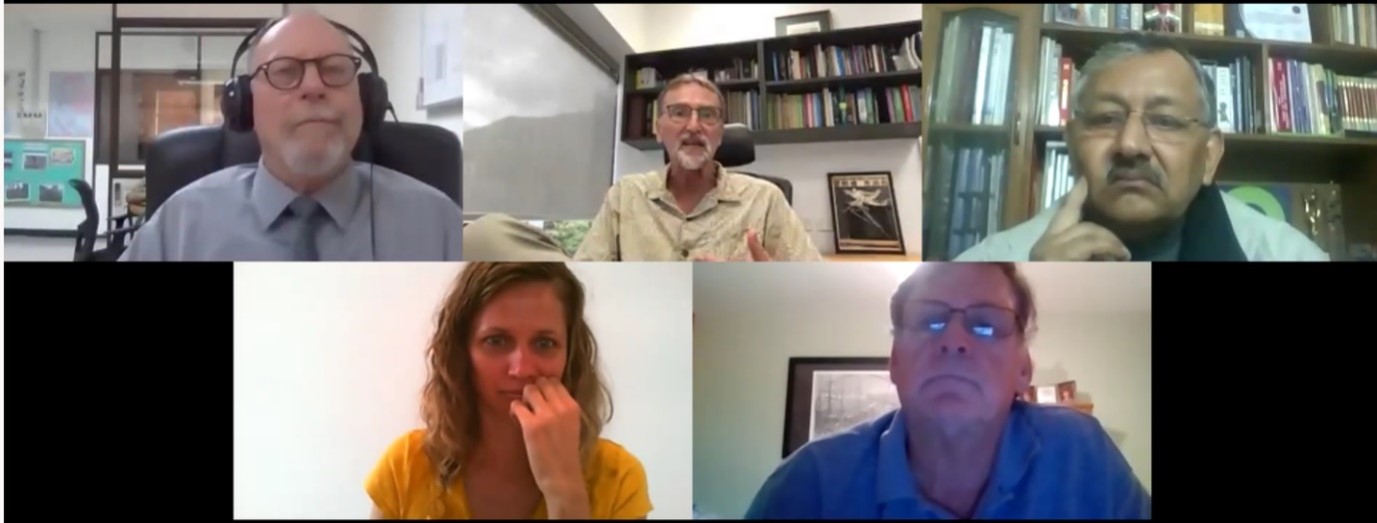
Impressive strides have been made towards malaria elimination in Asia, but these gains are precarious and will not be sustained if we neglect critical areas of vector control and surveillance. Vector control remains the single most effective strategy to reduce malaria, and despite significant commitments and resources to malaria control more broadly, reduction of malaria burden is not moving at the expected pace.
On 28th January 2020, the APMEN Vector Control Working Group (VCWG) facilitated an APMEN TechTalks webinar on “Vector Surveillance: Why it matters and the status and capacity of NMCPs to conduct such surveillance”, to discuss and deliberate the challenges facing national malaria control programs (NMCPs) in maintaining continued focus on vector surveillance. The webinar was attended by an overwhelming 240 individuals from 46 countries.
Prof. Tom Burkot from the Australian Institute for Tropical Health & Medicine, James Cook University, Australia highlighted three key conditions for effective vector surveillance: (1) Availability of accurate and complex vector data, including insecticide susceptibility; (2) Increased monitoring of vector related indicators by NMCPs and; (3) Use of vector data for decision making by NMCPs, especially for procurement of long-lasting insecticidal nets (LLINs), targeted use of insecticides etc.
A recent survey of NMCPs (conducted by James Cook University) showed that only 8% of the NMCPs reported having sufficient capacity to implement vector surveillance. Shortfalls in staffing capacities of NMCPs, particularly in the field and at subnational levels were identified as key bottlenecks in NMCPs ability to conduct vector surveillance. Investments in building capacities of programmatic staff will need to be complemented with the use of new tools and technologies for improved surveillance such as, Target Product Profiles (TPP), to ensure the next generation of vector surveillance methods can address the limitations of current tools.
Finally, Dr. Pradeep Srivastava, previous Joint Director from the National Vector-Borne Disease Control Division, in India grounded the discussion back in the realities of NMCPs and pointed out three important areas for continued attention: (1) Capacity strengthening of vector surveillance and vector control experts to be prioritized, (2) Geographical area for vector surveillance must be identified carefully and should be representative, and (3) Inputs and output data for entomological surveillance needs to be monitored and outcomes reviewed before implementation.
We thank everyone who attended the Webinar, which can be viewed here. Presenters’ slides are available via Tech Talks | ORENE and their published papers can be downloaded from the links:
-
A global analysis of National Malaria Control Programme vector surveillance by elimination and control status in 2018. Thomas R. Burkot, et al., Malaria Journal. 2019.
-
Capacity of National Malaria Control Programmes to implement vector surveillance: a global analysis. Tanya L. Russell, et al., Malaria Journal. 2020.
-
Nextgen Vector Surveillance Tools: sensitive, specific, cost-effective and epidemiologically relevant. Robert Farlow, et al., Malaria Journal. 2020.
